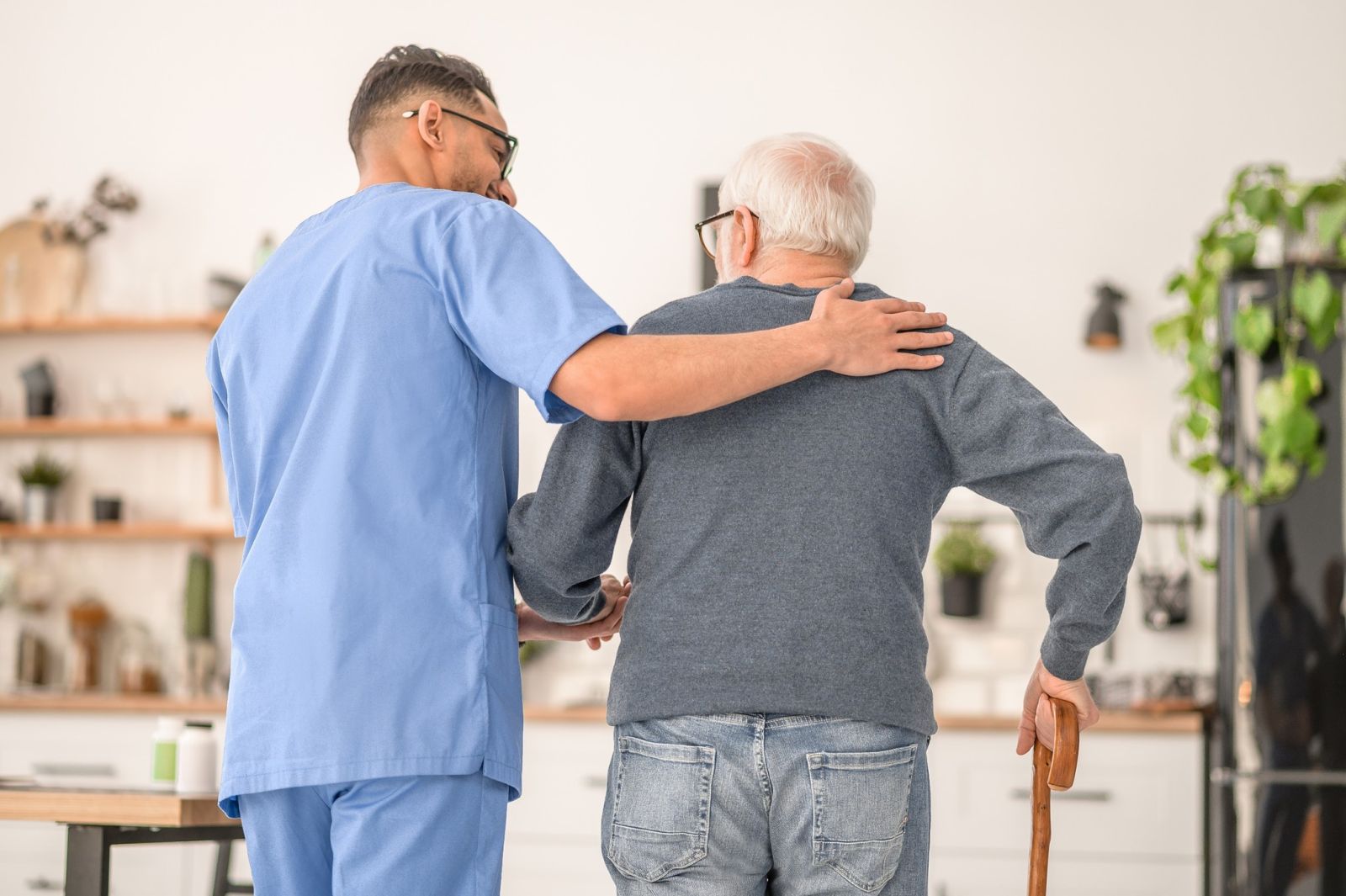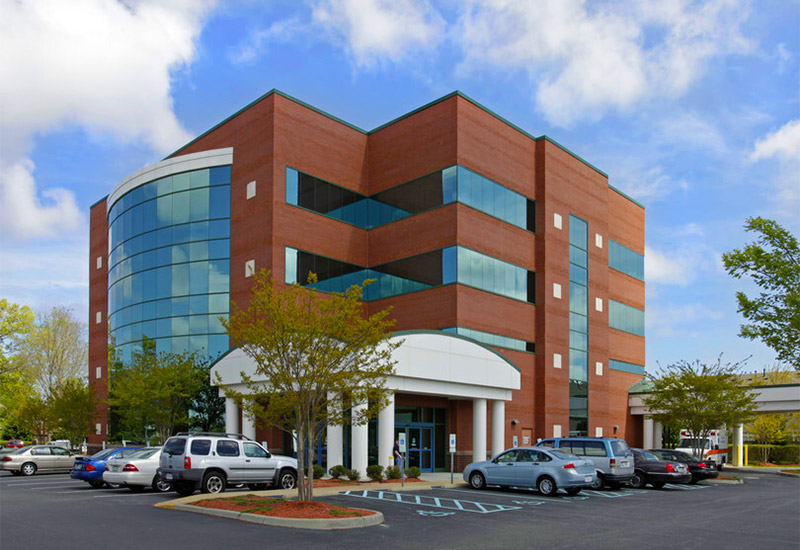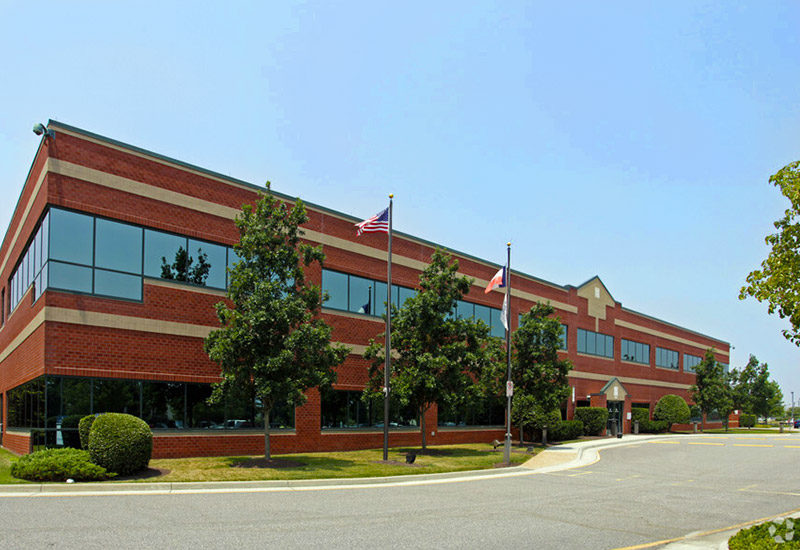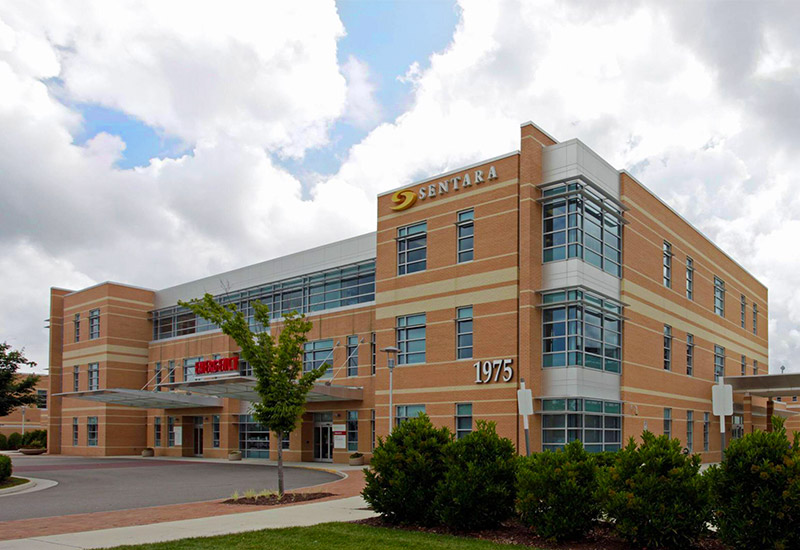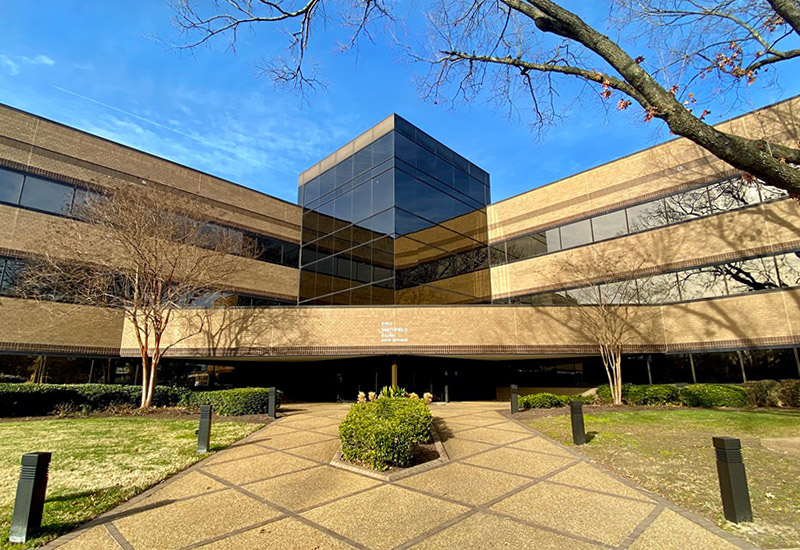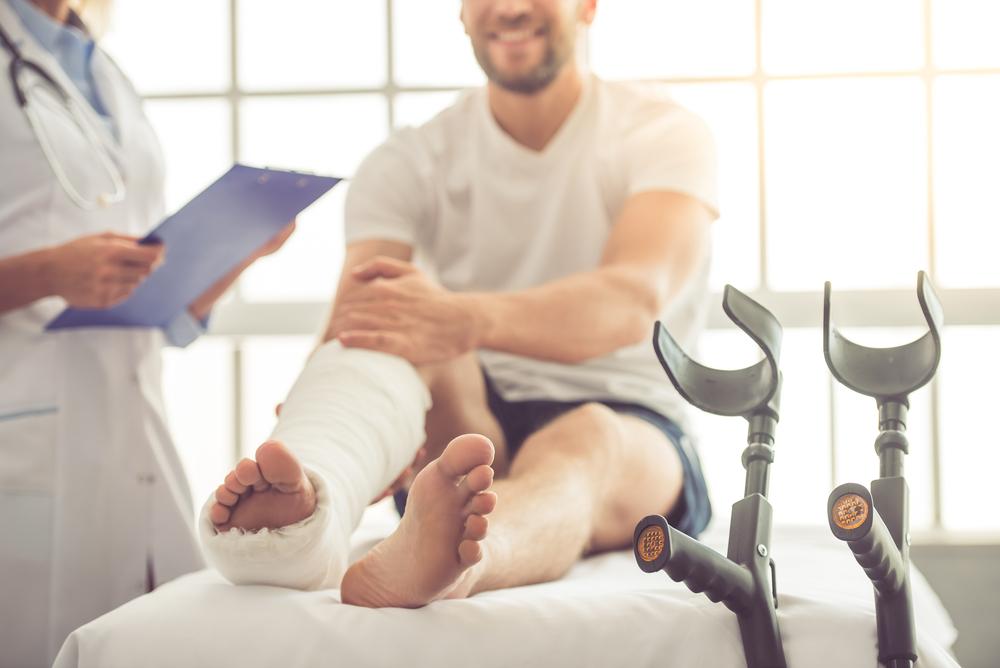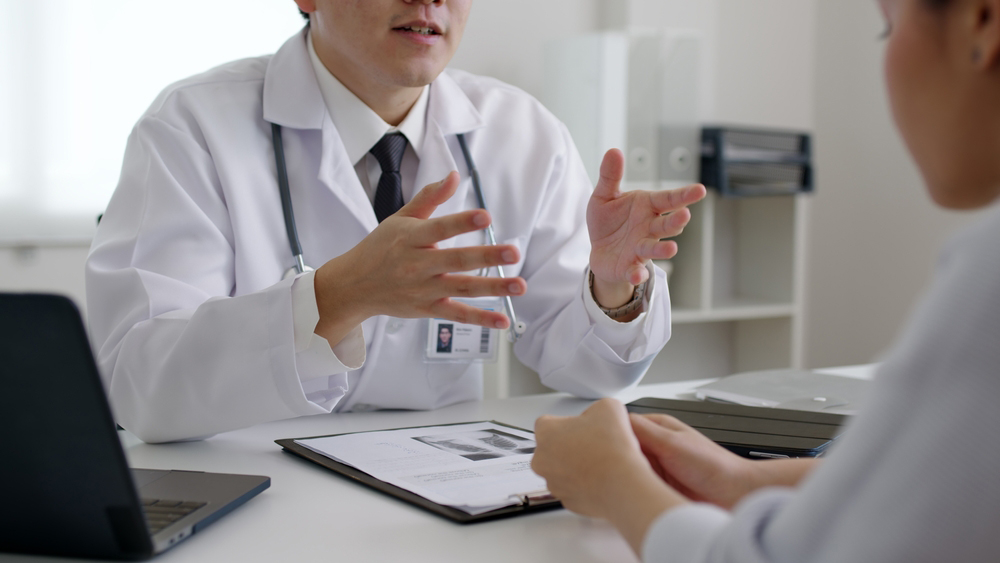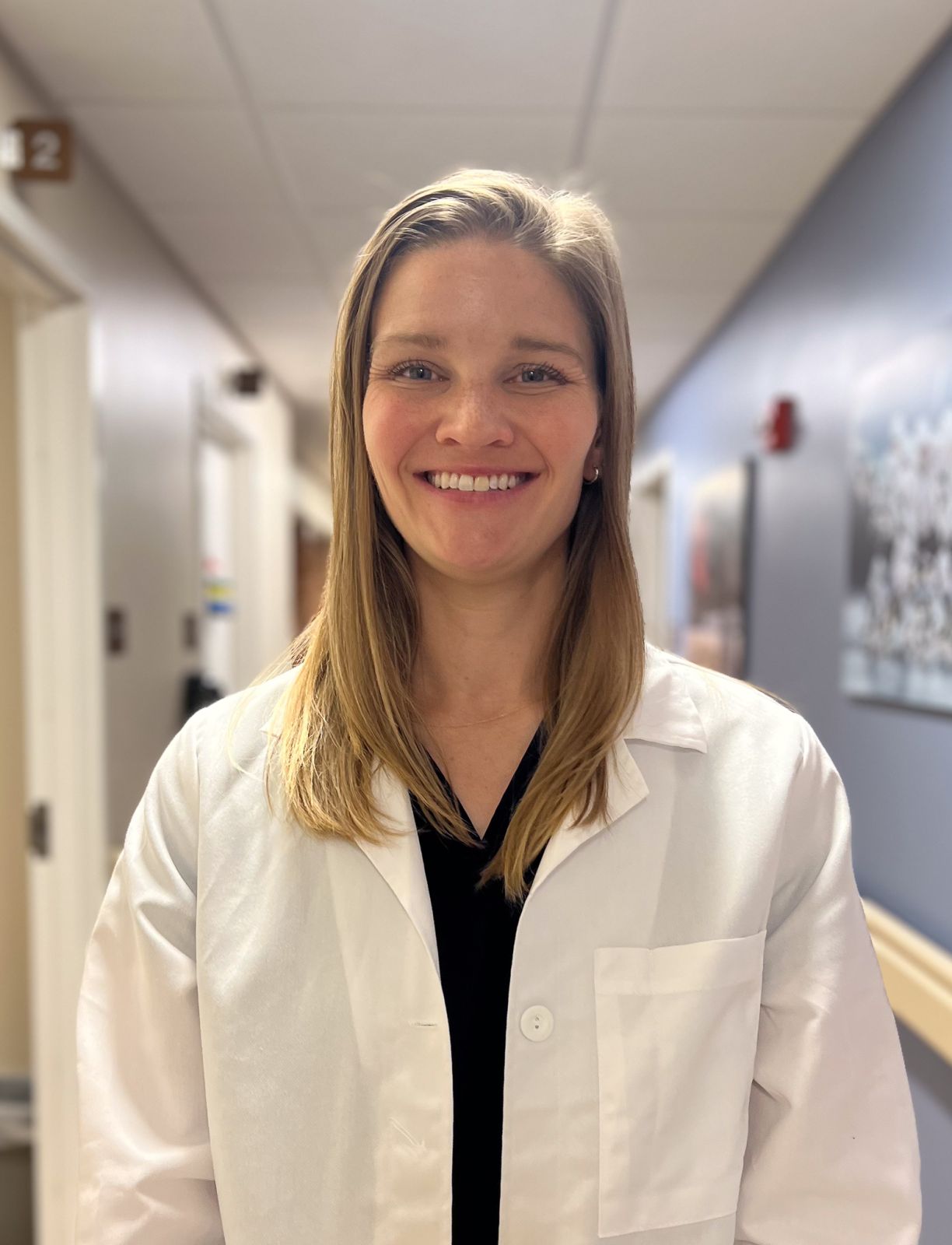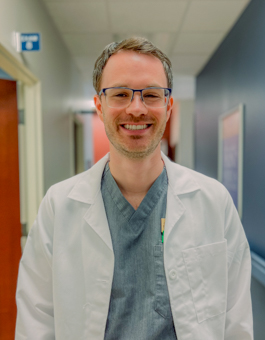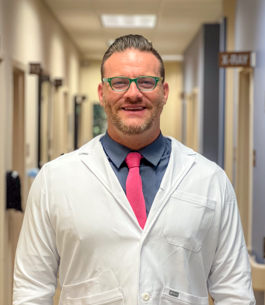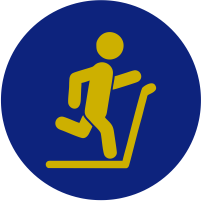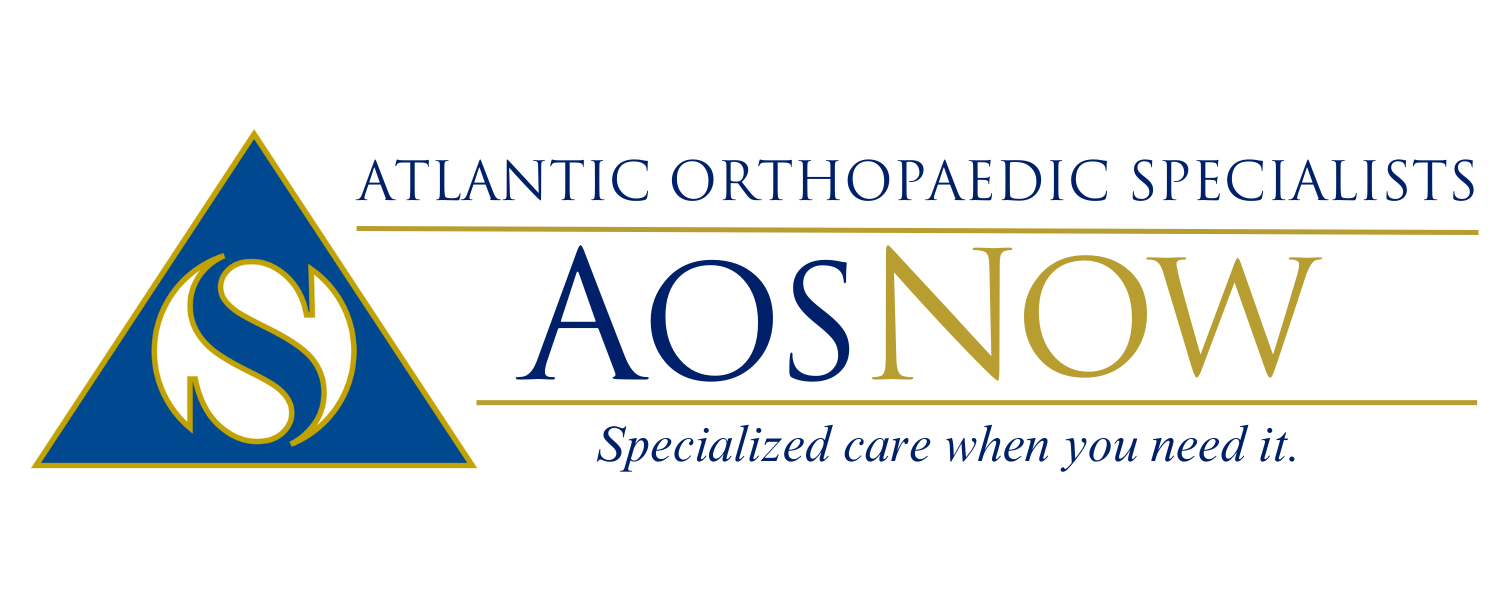
Our AOSNOW walk-in clinics are equipped to perform X-rays, bracing, and castings after full examination of injuries. For questions call 757-321-3360.
Proudly Serving Hampton Roads and the Surrounding Communities with Same Day Orthopaedic Care.
No Need for an Appointment
Atlantic Orthopaedic Specialists’ AOSNOW Walk-In Clinics offers convenient, immediate orthopedic care for patients across Hampton Roads and the surrounding communities. Our orthopedic walk-in clinic is fully equipped to treat a wide range of injuries and conditions, from sprains and strains to fractures and sports injuries, without the long wait times of an emergency room.
With walk-in availability Monday through Friday and on-site access to advanced imaging such as X-rays, our expert team delivers prompt, high-quality orthopedic care exactly when you need it. As part of Atlantic Orthopaedic Specialists, AOSNOW ensures you receive the same compassionate, specialized care our practice has provided to Hampton Roads for more than a century.
Please note: AOSNOW Walk-In Clinics are designed for unexpected orthopedic injuries. If you are an existing patient with an ongoing or pre-existing condition, we ask that you schedule directly with your AOS specialist to ensure the most appropriate continuity of care.
AOSNOW Walk-In Clinics accept adults and children 12 years and older. For patients under 12, please call 757-321-3386 to make an appointment.
Walk-In Care Open Monday – Friday.
Evening Hours at our Chesapeake location.
9 AM – 5 PM
Virginia Beach – 1975 Glenn Mitchell Drive, Suite 200, Virginia Beach, VA 23456
Virginia Beach – 1800 Camelot Drive, Suite 300, Virginia Beach, VA 23454
Norfolk – 6160 Kempsville Circle, Suite 200B, Norfolk, VA 23502
1 PM – 8 PM
Chesapeake – 1309 Executive Blvd., Suite 100, Chesapeake, VA 23320
AOSNOW Walk-In Clinics in Hampton Roads
AOSNOW has four locations in Hampton Roads, located in Virginia Beach, Norfolk and Chesapeake at our Atlantic Orthopaedic Specialists locations. Please find details below for the most up-to-date hours for each walk-in clinic.
When should I visit the AOSNOW orthopaedic walk-in clinic?
Injuries don’t always happen on schedule, and when they do, waiting days for an appointment isn’t always an option. AOSNOW orthopaedic walk-in clinics offer a convenient alternative for non-life-threatening orthopedic injuries. With four locations across Hampton Roads, you can walk in and be seen by an orthopaedic provider – no appointment needed.
Our experienced Physician Assistants and Nurse Practitioners are equipped to treat a wide range of acute orthopaedic conditions, including:
- Sprains and strains
- Sports injuries
- Minor dislocations
- Swollen or painful joints
- Suspected fractures or broken bones
- Musculoskeletal injuries
- Minor lacerations or cuts
- Acute injuries to
- Foot and ankle
- Hand and wrist
- Elbow or shoulder
- Back and neck
- Casting, splinting, and more
- Injuries resulting from a fall
- Cast or wound dressing concerns
- Other urgent orthopaedic problems
Each AOSNOW location is staffed with specialty-trained advanced practioners and licensed X-ray technicians, offering on-site diagnostic imaging for faster evaluation and treatment. When needed, our board-certified orthopaedic surgeons are available for consultation to ensure you receive expert, coordinated care every step of the way.
Why choose orthopaedic walk-in care?
Choosing walk-in care at AOSNOW offers several benefits:
- Immediate attention from orthopaedic specialists
- Avoiding long wait times at the emergency room
- Cost-effective alternative to ER visits for non-life-threatening injuries
- Access to specialized orthopaedic care without the need for an appointment
Insurance and payment information.
At AOSNOW, we understand the importance of affordable care. Our walk-in clinic offers expert orthopaedic services at and is often covered by many insurance plans.
Insurance Providers for the AOSNOW Walk-In include:
- Aetna PPO/Managed Choice (No HMO)
- Blue Cross Blue Shield of VA
- Blue Cross Blue Shield of NC (All of states must call)
- Cigna HMO/PPO
- Coventry Network Plans
- First Health Network Plans
- Fiserv/UMR
- GEHA (United Healthcare)
- Golden Rule
- HealthKeepers HMO*
- HealthKeepers Priority
- Humana Commercial Plans Humana
- Medicare Plans (Including CCC)
- Mail Handlers
- MediBlue
- Medicare Part B
- Mediplus/MOAA
- Mutual of Omaha
- Multiplan Network Plans
- Optima/Sentara (All plans except Optima Family Care)
- Optimum Choice*
- PHCS – Private Healthcare Systems
- Tricare Standard (Authorized provider but not a participating provider. Patient must sign nonpar)
- Tricare of Life
- United Healthcare (Student Resource plans requires referral)
- VHN – Virginia Health Network
- Aetna PPO/Managed Choice (No HMO)
- Blue Cross Blue Shield of VA
- Blue Cross Blue Shield of NC (All of states must call)
- Cigna HMO/PPO
- Coventry Network Plans
- First Health Network Plans
- Fiserv/UMR
- GEHA (United Healthcare)
- Golden Rule
- HealthKeepers HMO*
- HealthKeepers Priority
- Humana Commercial Plans Humana
- Medicare Plans (Including CCC)
- Mail Handlers
- MediBlue
- Medicare Part B
- Mediplus/MOAA
- Mutual of Omaha
- Multiplan Network Plans
- Optima/Sentara (All plans except Optima Family Care)
- Optimum Choice*
- PHCS – Private Healthcare Systems
- Tricare Standard (Authorized provider but not a participating provider. Patient must sign nonpar)
- Tricare of Life
- United Healthcare (Student Resource plans requires referral)
- VHN – Virginia Health Network
*Insurance requires authorization or a referral
AOSNOW Exceptions: At this time, we do not accept Medicaid, self-pay, or auto accident patients at our AOSNOW, walk-in clinics. In these cases, please call to make an appointment at 757-321-3360.
Injured at work?
If you’ve been injured at work, AOSNOW can help you get back on your feet. Our team is experienced in treating work-related orthopaedic injuries and can provide the care and support you need to recover quickly and safely.
What to bring to your appointment
To ensure a smooth and efficient visit to AOSNOW, please remember to bring:
- Your insurance card and any relevant medical documentation
- Any imaging (X-rays, MRI scans) related to your injury
- Any braces, splints, or other supportive devices you may be using

